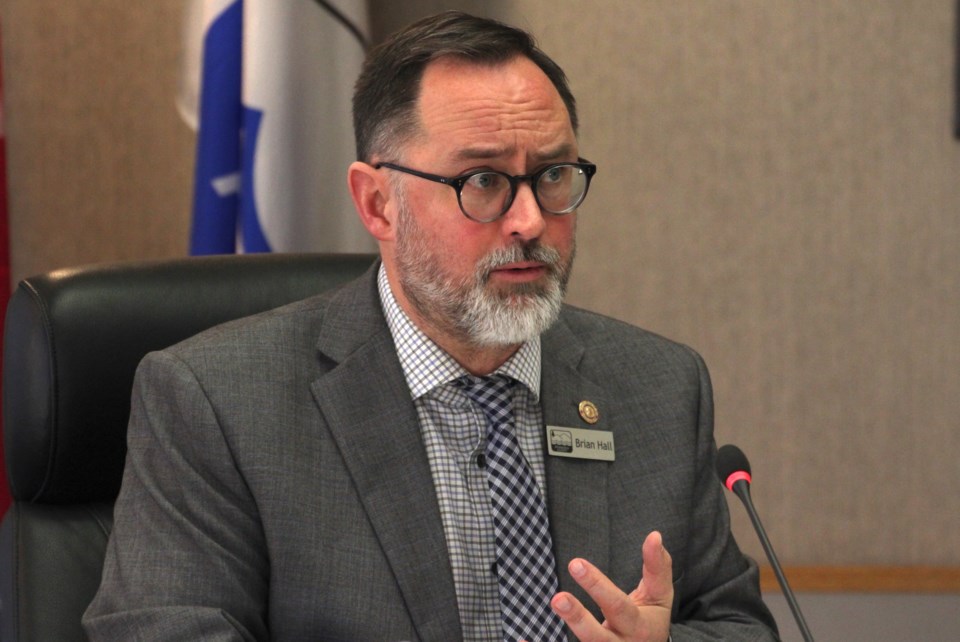ATHABASCA – Athabasca County saw its financial position improve beyond expectations during the 2023 fiscal year after high inflation costs and an unexpected bump in its assessment values brought in an extra $11 million in value.
Councillors got the opportunity to ask CPA Jeff Alliston, a partner with auditing firm Metrix Group, questions about the audit during their April 25 council meeting, a process Alliston said is meant to increase their confidence in the information presented and its authenticity.
“The statements demonstrate council’s work with administration to continue to exercise restraint and to put the county on better footing going forwards,” said Reeve Brian Hall in an April 25 interview. “Council is trying to be careful and responsible with money, while also planning for the long-term.”
Overall, the county has an accumulated surplus of $112 million, up from the $101 million it had in 2022. That surplus includes cash, investments, upcoming revenue, and $85 million in non-financial assets, including inventory and capital assets.
Athabasca finished 2022 with $27 million in the bank and a year later that number had risen to $35.6 million, an increase of just under 30 per cent.
The county also brought in roughly $9 million more in revenue than it did in 2022, thanks to increases in municipal taxes, government transfers, and investment income. Athabasca’s tax revenue increased to $28.4 million from $22 million the prior year, mostly in the linear and property tax category.
Despite the large increase in revenue, Hall was reticent to commit to a large-scale increase in project work this coming year. According to the reeve, council still needs to figure out where the funding is going and is also cognizant of placing too much work on the administrative staff.
“The Jackfish Lake fire last year, I think it delayed and deferred some things because the operations folks were quite busy with the fire,” said Hall. “Some spending and projects just didn’t happen … Building reserves for the municipality isn’t a bad thing, it helps plan for the future.”
Alongside the bank account, the county’s liabilities also increased; deferred revenue more than doubled, going from $1.3 million in 2022 to $3.2 million 2023. Gravel pit, asbestos, and contaminated site liabilities — costs the county will be responsible for in the future that haven’t been dealt with yet — totalled over $10 million. Each year liabilities don’t get reclaimed, the cost slightly increases, a cost which is known as accretion.
The bulk of the county’s liability comes from gravel pit reclamation, which Hall said is being addressed with a fifteen year “payment plan” that’s putting money into reserves each year.
“We’ve done it in a way that provides some flexibility; it’s possible that in the future a council could look at it and say, ‘Let’s do this in fewer years,’ or if something big comes up, they could do it over 20 years,” said Hall. “We’re trying to strike the middle ground by doing what’s affordable, but still planning for savings and planning for the future.”
Under the Municipal Government Act (MGA) municipalities are allowed a certain amount of debt, up to 1.5 times the municipalities revenue. Athabasca’s limit rose to $55 million, up from $41.8 million in 2022, but the entirety remains unused.
“For our council, there hasn’t been a project or a need identified with a clear plan to make that kind of decision,” said Hall. “When you make that kind of decision, you’re committing future councils and future generations to that payment, so it takes a lot of thought and engagement (with) the community.”



